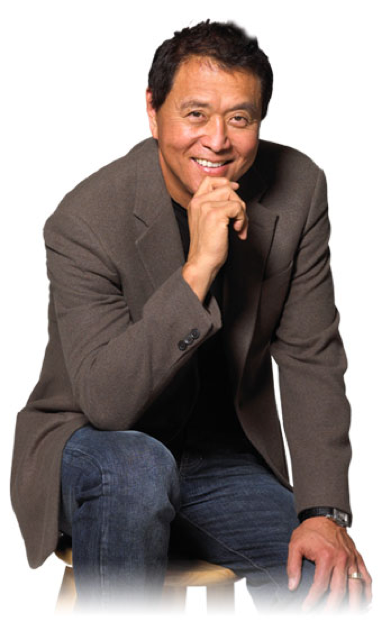"Rich Dad Poor Dad" is a personal finance book written by Robert Kiyosaki. It revolves around the author's two father figures, his own dad (poor dad) and his friend's dad (rich dad), who have contrasting views on money and wealth. Here's a summary of the key ideas:
Mindset: The book emphasizes the importance of cultivating a wealthy mindset. Kiyosaki believes that your thinking patterns and beliefs about money play a crucial role in determining your financial success.
Assets vs. Liabilities: The author introduces the concept of assets and liabilities. Assets are things that generate income and put money in your pocket, while liabilities are things that drain your money. Kiyosaki encourages individuals to focus on acquiring assets and minimizing liabilities.
Cash Flow: Kiyosaki highlights the significance of cash flow, which refers to the money coming in and going out of your life. He suggests striving for positive cash flow by increasing your income and reducing expenses.
Financial Education: The book emphasizes the importance of financial literacy and self-education. Kiyosaki believes that the education system often fails to teach crucial money management skills, and individuals should take the initiative to learn about investing, taxes, and other financial concepts.
The Rat Race: Kiyosaki describes the "rat race" as a cycle where people work for money, but financial freedom remains elusive. He encourages readers to break free from this cycle by focusing on building assets and creating passive income streams.
Real Estate and Investing: The author emphasizes the power of real estate and investing as means to build wealth. He shares his own experiences and promotes the idea of owning income-generating properties and making informed investment decisions.
Overall, "Rich Dad Poor Dad" challenges conventional wisdom about money and encourages readers to adopt a different mindset towards wealth creation. It emphasizes financial education, asset acquisition, and building passive income streams as key strategies to achieve financial independence.

Comments
Post a Comment